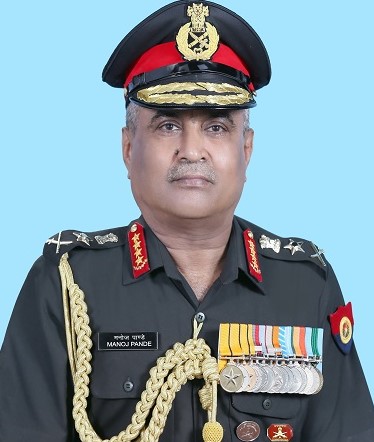Italy’s state-owned Leonardo have announced that the Ministry of Defence, Italy had asked it to study the development of its military space cloud architecture project, the first in Europe.
The project, dubbed MILSCA, will provide Italy’s government and armed forces with a system of high-performing computing, cloud and artificial intelligence (AI) and storage capacity directly in space.
For the first time in Europe, similar to what happens with the terrestrial cloud, the project intends to define a space architecture capable of providing government and national Armed Forces with high-performance computing and storage capacity directly in space.
The system, designed with integrated cyber security models, will guarantee greater speed and flexibility in the processing and sharing information.
Notably, the Space Cloud, which will be tested by creating a digital twin of the architecture, will be able to store over 100 Terabytes of data generated on Earth and in space on board each constellation satellite.
It can perform processing with a power exceeding 250 TFLOPS (250 thousand billion operations per second) at single precision, adopting advanced algorithms which use artificial intelligence, machine learning techniques, and extensive data analysis.
They can also communicate and exchange data autonomously with other satellites.
A cyber-secure supercomputer and archive system in space will guarantee users access to strategic data such as communication, earth observation, and navigation data, anywhere, even in the most remote places, and at any time.
Furthermore, a Space Cloud system significantly reduces data processing times, which is processed directly in orbit, providing real-time information, and thus facilitating multi-domain and multi-nation operations.
The transmission networks will be left free for other connections thanks to the only transfer of information of interest to Earth.
In addition, storing data in orbit will also represent a useful back-up of the Earth centers, which are most exposed to natural disasters.
The project sees Leonardo at the forefront with the participation of the joint ventures Telespazio (67% Leonardo, 33% Thales) and Thales Alenia Space (67% Thales, 33% Leonardo).
With a duration of 24 months, the study includes a first phase for defining the architecture and a second phase that will end with developing a digital twin of the satellite with the HPC and the multi-constellation satellite terminal demonstrator.
The goal is to simulate the different application scenarios in a digital environment.
These tests will be carried out thanks to Leonardo’s supercomputer, the davinci-1, among the first aerospace and defense HPCs in the world in terms of computing power and performance.
The study will be a precursor to a further experimental phase, which, if confirmed, will involve the deployment in orbit of a demonstrative constellation of satellites.
Space Cloud is a hi-tech and multi-domain project, which takes advantage of Leonardo’s combined capabilities in data acquisition, management, and cyber protection, as well as artificial intelligence and supercomputing with the HPC davinci-1; the development of MILSCA is the first project in the Space domain that fits within the growth guidelines of Leonardo’s new Industrial Plan.
The Space Cloud for Defense project also sets the basis for future uses to support civil Earth observation programs and space exploration missions to the Moon and Mars, which could benefit from an in-orbit cloud computing architecture to download and process data more quickly.





